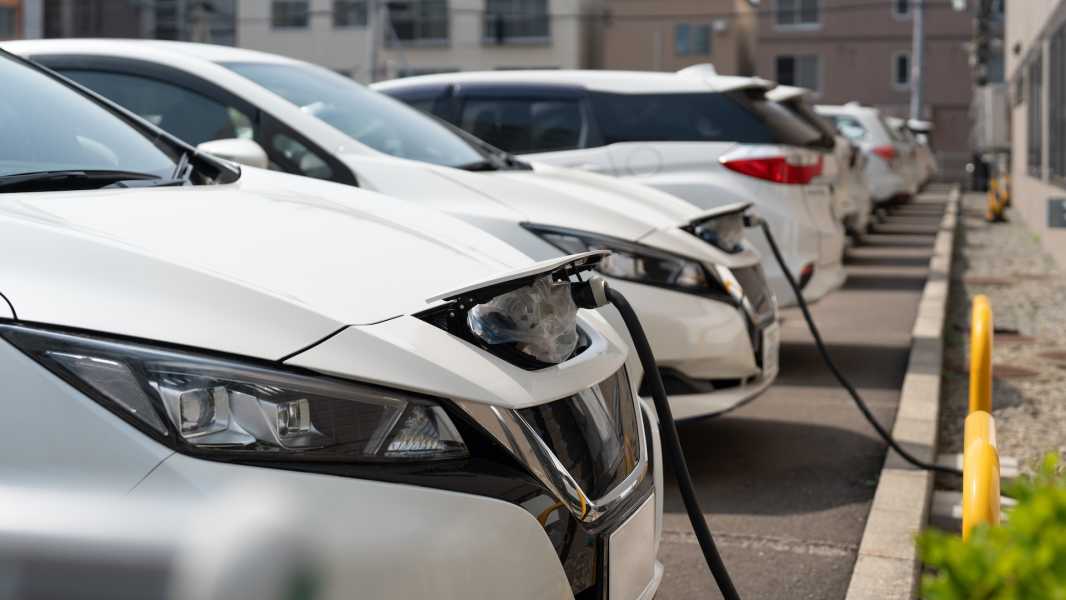
A lithium-ion battery with a single-crystal electrode was continuously charged and discharged for six years while retaining a significant portion of its energy storage capacity. (Image credit: Natee Meepian via Shutterstock)
New research shows that batteries with “monocrystalline electrodes” could power electric vehicles (EVs) for millions of miles, meaning their batteries would last longer than other vehicle components.
A lithium-ion battery with this innovative type of electrode was continuously charged and discharged for six years while retaining nearly 80 percent of its original capacity. The battery lasted eight times longer than a standard lithium-ion battery — equivalent to an electric vehicle’s 5 million miles (8 million kilometers), the researchers reported Nov. 15 in the Journal of The Electrochemical Society.
All batteries slowly wear out and lose some of their capacity over time. For example, your phone’s battery may hold less charge after a few years than it did the day you bought it. The same is true for electric car batteries: as their capacity decreases, the distance the car can travel on a single charge also decreases.
“The main goal of our study was to understand how damage and fatigue develops over time inside a battery and how this can be prevented,” said study co-author Toby Bond, a chemist at Canadian Light Source.
In a study funded by electric car maker Tesla and involving scientists from Dalhousie University in Nova Scotia, the researchers compared a durable single-crystal electrode with a more common polycrystalline electrode. Both electrodes are made from similar materials, but in a polycrystalline electrode, the materials form many small particles made up of even smaller crystals packed together. In a single-crystal electrode, as the name implies, each particle is made up of just one crystal, making them more resistant to mechanical deformation.
Bond and his team used high-energy X-rays to study the inside of the battery without taking it apart. The researchers found that after 2.5 years of continuous cycling, the polycrystalline electrode was filled with many tiny cracks. These cracks occur when lithium ions in the battery pull apart the atoms in the electrodes, limiting the amount of energy the battery can store.
In contrast, the single crystal electrode showed minimal cracks even after six years of continuous charging and discharging.
Longer lasting batteries for electric vehicles
The monocrystalline battery has been through over 20,000 charge and discharge cycles while retaining about 80% of its original capacity. A typical electric vehicle can travel about 250 miles (400 km) on a single charge, giving the monocrystalline battery a lifespan equivalent to about 5 million miles. By comparison, typical electric vehicle batteries today require replacement after about 200,000 miles (322,000 km).
“It's really important to us that these cars last as long as possible because the longer they're in use, the more carbon emissions are reduced,” Bond said in a statement.
Batteries with monocrystalline electrodes have not yet been implemented in electric vehicles, although they are already available on the market. Tesla has patented similar formulas for monocrystalline electrodes, and members of the Dalhousie team are named as co-authors.
With these advances in battery life, the battery could one day outlast other components in an electric vehicle. When that happens, batteries could get a second life in grid-scale energy storage systems, the researchers write. In such systems, batteries could store renewable but intermittently available energy, such as solar or wind power.
“I think this work highlights how reliable [the new batteries] are, and it should help the companies that make and use these batteries plan their operations for
Sourse: www.livescience.com





